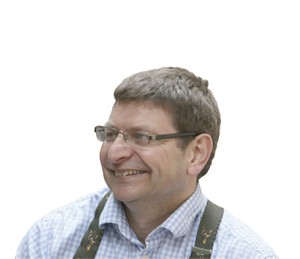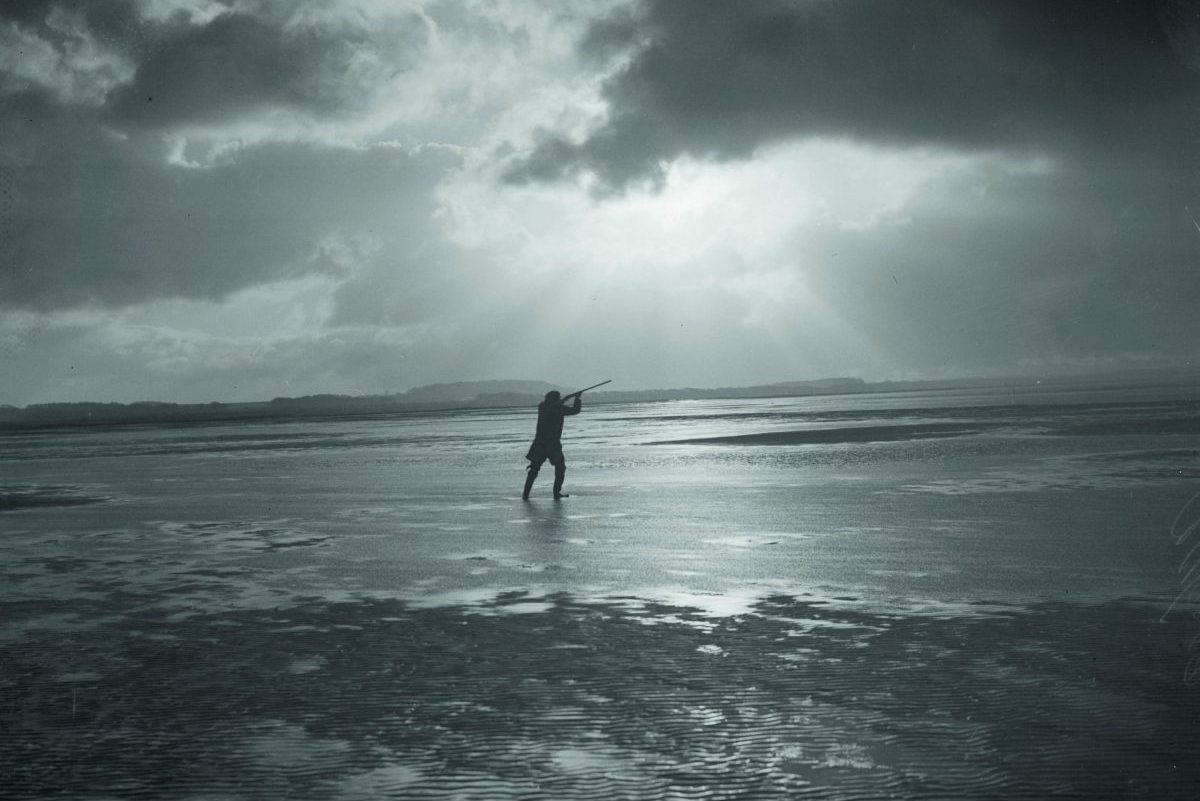Gun buying guide: Wildfowling

Wildfowling is an underrated sporting pastime, and a real test which requires specialist tools. With legal restrictions on lead, we now need guns capable of taking steel, bismuth, tungsten and heavy loads for wildfowling. As a result, the guns commonly used have changed.
In the 1970s we used to buy in a lot of Spanish 10 bores and open them out to 8 bore. That was fine, but of course by boring the barrels out you’re making a heavy gun lighter, so when you fired a heavier load through the guns they kicked a lot more. The wildfowlers seemed to like them even so.
Modern guns for wildfowling
A lot of people now use more modern guns for wildfowling, generally firing steel shot through semi-autos with 3″ chambers, which I think has proved to be a pretty good combination. There are still people out there who like to use big bore guns in 10, 8 and 4 bore, though the 10 bore has gone a little out of fashion with the advent of 12 bore guns with 3″ chambers.
In the collectors market double-barrel 8 bore and single barrel 4 bore guns are still very popular. I wouldn’t recommend using steel shot on older English guns. For guns with Damascus barrels I would only recommend using bismuth.
There are a lot of excellent semi-autos out there for all budgets from some of the best-known makers such as Browning and Beretta. Most over-under guns now have 3″ chambers as standard, so they can be used quite happily for wildfowling with a slightly heavier load. I would recommend half choke or wider for steel shot, but with bismuth and tungsten you could use tighter chokes.
Older side-by-side guns such as AYA’s Number Three or the Super Solway can be found with 3″ chambers capable of taking the higher pressures inherent in heavier loads. English 12 bore magnum side-by-sides, however, were nearly always proofed at a lower pressure.
Larger bore guns
The gun of choice for the serious wildfowler tends to be a larger bore gun, such as an 8 or 4 bore. It is quite rare for us to see these types guns in the shop, though in the summer we had a Belgian double-barrelled 4 bore with 48″ barrels. It was just like new – most likely because no one had ever been able to pick the thing up to shoot it!
Modern guns don’t tend to be too heavy: 12 bore semi-autos generally come in at around 7lbs. Felt recoil is relatively low due to the recycling mechanism absorbing much of it. We do see a few 10 bore semi-autos as well, which obviously tend to be a bit heavier. A lot of wildfowlers like semi-autos because it doesn’t matter if you scratch them, and they are very easy to look after.
In theory the type of gun you buy will differ depending on the type of quarry you will predominantly be going after. Big bore guns allow you to use a bigger pellet with more killing power but still keep a good pattern. If you’re going to be flighting geese into decoys then a 12 bore would be fine, but if you’re shooting them off the loch or off the marsh, river or foreshore they are likely to be more than 50 yards out. That being the case you will want to use a bigger bore gun if only to be fair to the bird and to yourself. If you’re heading out to the marsh and a bird comes over you 80 yards out and you have a big bore gun with you it will also ensure you haven’t had a wasted trip.
Marco hammer gun

This gun takes me back to my roots; we used to get these from Italy in the late 1960s and early 1970s. They are very good guns, made in the style of a Birmingham hammer gun with very good steel and have 3″ magnum chambers. This particular example has a rounded pistol grip and, unusually, 31″ barrels. It is quite tightly choked and so would probably want to be taken out if the gun was to be bought for wildfowling.
The idea of an older gun of an unusual design has a certain appeal for most gun owners, and the hammers certainly lend this elegant gun good looks. My father once bought about 30 of them, and none of them had any choke at all. He noted them as having ‘wildfowling chokes’ and they all sold. Not one of them came back, so they obviously worked.
This gun offers something a little bit different. A continental hammer gun is not silly money, and will give you all the pleasure of shooting an older gun. Given how expensive older English hammer guns are, especially in larger bores, a gun like this is definitely worth a look.
On very cold days you should make sure you open the gun before releasing the hammers if they are cocked. Obviously hammer guns work a little differently and take some getting used to, but if you can find one which allows you to open the gun even when the hammers are cocked you will save yourself some potential bother.
Shotguns for wildfowling under £1000
Shotguns for wildfowling under £1000 The legal restrictions on lead require wildfowlers to use guns capable of taking steel, bismuth,…
AYA Number Three

This is an interesting gun with 30″ barrels and magnum chambers which was made in the 1970s. It has a beaver tail fore-end, which AYA often fitted to magnum side-by-sides. This was not protection against hot barrels but because on a cold day it would stop your hands freezing onto the barrels.
It has a pistol grip stock, which also helps you to grip the gun on cold days. This particular gun also has sling swivels fitted, which meant the gun could be carried easily without a slip – though this is not done quite so much these days.
These guns have 3″ chambers and used to be sold with three-quarters and full choke, though many guns were then bored out to half and quarter or half and half. It will take a substantial steel load, though you should be careful not to put through the biggest steel loads. Heavy bismuth is fine.
A lot of people do still like to use a side-by-side gun for tradition’s sake, but I feel you get a better sight picture on overhead birds with a side-by-side as opposed to an over-under. This gun is a non-ejector, which a lot of wildfowlers prefer. This is because it is much easier to remove spent cartridges by hand and stick them in your pocket in the dark than hunt around in the mud on your hands and knees for ejected cartridges.
This is a good, well-balanced gun weighing in at about 7lbs, meaning there is plenty of weight for a good swing through and to absorb the recoil.
Hatsan Escort Synthetic

This budget semi-auto is a very good Turkish gun, available in 12 bore with a 3″ magnum chamber. These guns are imported by Edgar Brothers, who also import Remington firearms. Edgar Brothers provide a three-year warranty as standard, and as such you are assured of good service should anything go awry.
As well as the matt black finish, this gun is also available in various camouflage patterns, and can be had with a 24″, 26″, 28″ or 30″ barrel. It comes with multiple screw-in chokes, easily changed depending on the type of shot you’re using. If you’re using steel I would recommend using half choke or wider, though tighter chokes are suitable with tungsten or bismuth shot.
It is made from synthetic materials, meaning it is strong and the weight of the gun is kept down. Being a semi-auto the balance point is further forward than on traditional guns.
It is easy to clean and maintain, though like any semi-auto if the porting on the barrel gets blocked up it can cause problems with the gun recycling. You should clean them out with a pipe cleaner every now and then just to be sure. We have had a number of people buy semi-autos from us only to bring them back thinking those two small holes shouldn’t be there.
This gun offers excellent value for money and is well worth trying.
Bill Elderkin is the managing director of Elderkin & Son (Gunmakers) Ltd. of Spalding in Lincolnshire. Tel: 01775 722919









